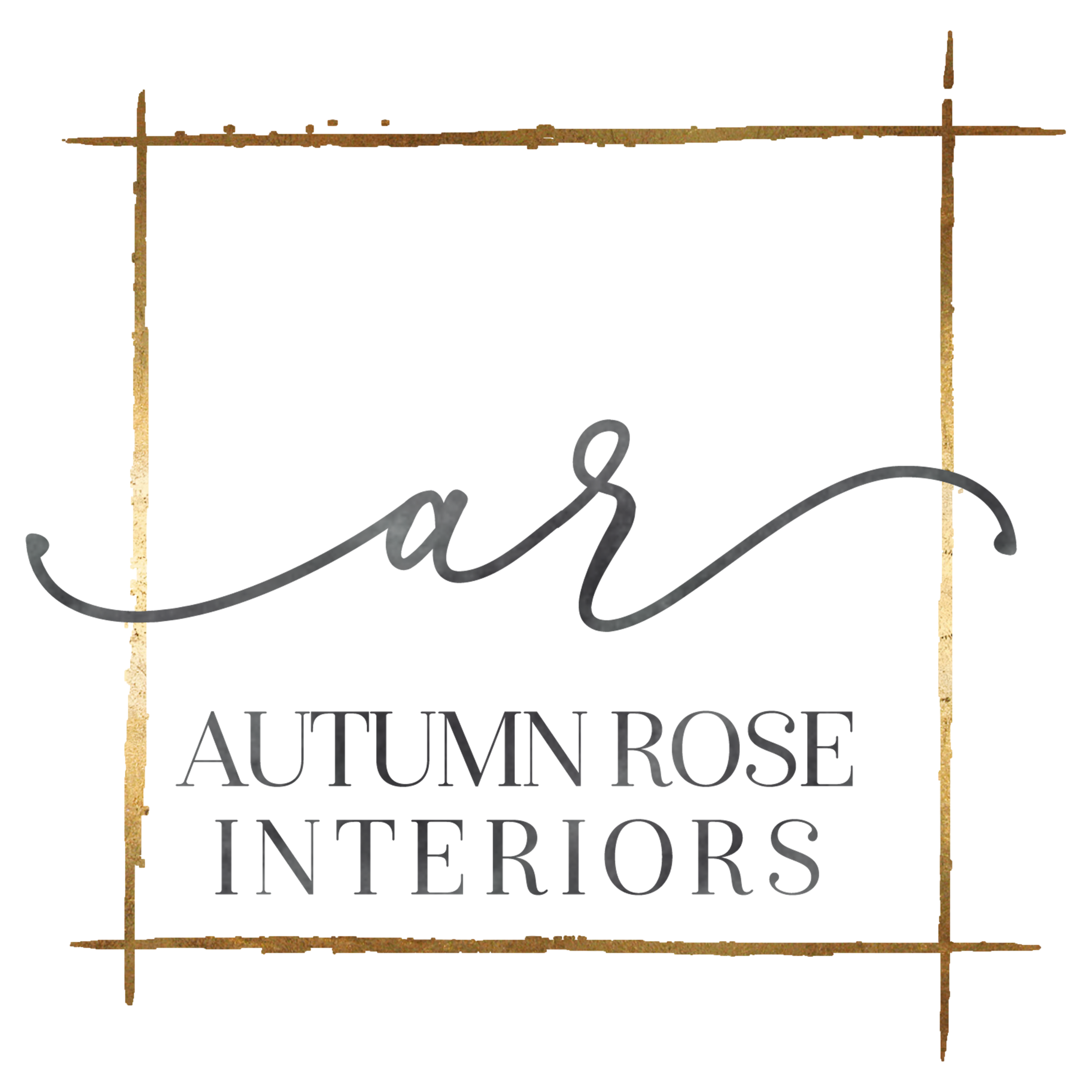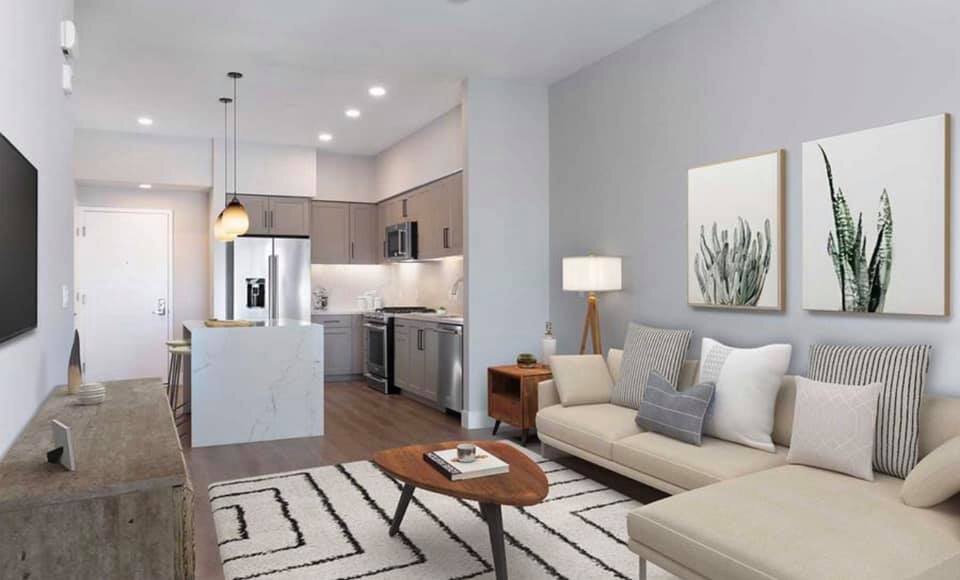Minimal & Intentional
Sentiments are important to many of us. It's why we love our homes so much.
The memories we create there are captured in photos for years to come.
Keeping those pictures are important. They evoke emotions and a sense of love.
Your home is also a place to represent your personality. Is your home reflective of how you truly want it to feel? If it's bogged down with clutter, it could make you feel stressed and uneasy. Now is the perfect time to take a look at ways of being minimal & intentional.
Why minimal? Why intentional?
Minimalism is the art of being intentional about what you buy, wear, display, and keep in your home. It goes beyond just your home, in many ways. You can be minimal in your spending, have a minimal wardrobe, and use minimal commuting.
The intentional part is key---because being selective about what you allow to play a role in your life means those things get the fullest of your attention and appreciation.
Take a look at each room of your home. Which room brings you the most stress? Take baby steps and develop a system for creating a space that makes you happy and maybe start with the room that really bothers you!
I learned from a special lady about "Sparking Joy". Marie Kondo has helped millions of people both from her books and her television show learn the art of "Tidying". Tidying is something that can be done every day, putting things back where they belong. They call this the KonMari Method. She helped me understand that when going through each item we are contemplating keeping, ask ourselves, "Does it bring you joy?". If it does, you might keep it and cherish it. Use it in your daily life. If it does not, thank it-- then move it on to its next home. Doing this alone will help you start to decrease the amount of things in your home that are not sparking any joy.
She also has a pretty nifty tip for putting clothes away, both by color sorting and folding. Check out her book The Life Changing Magic of Tidying Up, for more details on these styles of storage for clothing and many other great tips on minimalism.
Some tips for this could be as simple as making sure no furniture is blocking the view into the room. Furniture should be laid out around a focal point. A clear path to the focal point will help draw the eye there. Focal points in homes are intentional and are often created in the design of the home like staircases, fireplaces, and windows. If the home has welcome access to these places, it will feel like those beautiful spaces are being appreciated.
Another great resource for organizing is The Home Edit.
Known for their blog, books, services and awesome knack for organizing in style, Clea Shearer an Joanna Teplin are mega-inspirational. The Home Edit gals are pros at showcasing happiness through ROYGBIV rainbow inspired organization and stylish placement of your favorite things. They really try to take an interior design inspired look at organization. This blurb from their website tells all, “Clea and Joanna are here to remind you that ‘it’s okay to own things’ in the quest for pretty and smart spaces. With The Home Edit Life, you’ll soon be corralling phone cords, archiving old photos, arranging your phone apps by color, and packing your suitcase like a pro.” For more inspiration, pick up their latest book, The Home Edit Life.
When you look around the room you are working on tidying-up, ask yourself about the flow of the room. Does it feel cluttered? It is not just about "items" in your home, but also about the flow of your home. When you walk into the room it should feel open and inviting.
Did you know there are "styles" of design décor that are more minimalistic than others? If you are really feeling drawn to a less-cluttered design style, check these out!
1. Scandinavian
Rooted in Eastern Europe, this style of design focuses on clean lines. Minimal bells and whistles in the décor, pops of punch in artwork and colors, but an overall neutral palette. It also features smooth textures, like sleek drawer handles, smooth coffee tables, and some pops of pattern in the materials used for pillows and curtains.
2. Modern
This style takes a sleek approach to décor. Boldness is a key component for modern style. Think a dark accent wall and pops of bright color. Funky shapes or even monochromatic elements. Most likely not as much of a cozy feel, and doesn't have a wide variety of textures.
3. Mid Century Modern
This style takes a little of modern style and pairs it with historically mid-century style. In this style you will see some rustic and rich color and texture choices. Some leather, low profile furniture, and that special "flare legged" style of feet on furniture like couches and coffee tables. Tufted couches are a great find and you can easily thrift pieces to fit mid-century modern. This is the easiest style to marry with "Boho" too. Add in some macrame plant holders, a white fur rug, and some velvet. Boom, Boho chic.
All three of these styles have one very big thing in common: lots of straight lines.
Traditional style for example is full of curvy soft lines and a variety of textures. The cozy and curvier you go, the less sleek it feels. Layers are widely used in this style.
One thing is for sure though! Minimalism can be worked into any style of decor. You just have to be intentional, about what you keep and whether or not it makes you happy.
For more tips on minimalism check these links out:
www.Konmari.com
www.thehomeedit.com
https://minimalism.co/articles/types-of-minimalists
www.apartmenttherapy.com/minimal-living-room-ideas-256646







